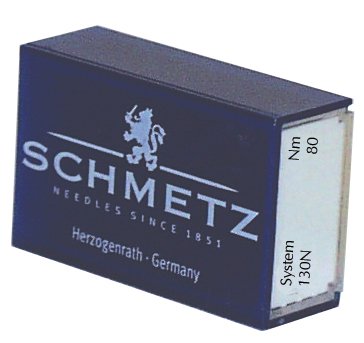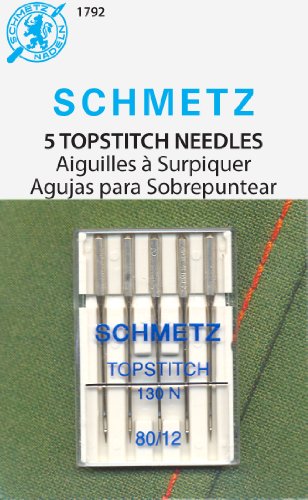Are you curious about the world of sewing and textiles? Whether you’re a beginner or a seasoned enthusiast, understanding the basics of this craft is essential. In this article, we’ll explore what sewing and textiles are all about and why they are so popular. From the tools and techniques to the endless possibilities of creating your own garments and home decor, you’ll discover the joy and satisfaction that comes with this creative and practical skill. So, grab your needle and thread, and let’s dive into the world of sewing and textiles!
Have you ever wondered how your favorite clothes are made or how those beautiful fabrics are created? Sewing and textiles are the fascinating realms where these wonders happen. Sewing refers to the process of stitching fabrics together using a needle and thread, while textiles encompass a broader scope, including the production of fabrics and the study of their properties. In this article, we’ll explore the art of sewing and textiles, from the historical significance to the modern-day applications. Whether you’re interested in fashion, interior design, or simply want to learn a new hobby, this introduction will give you a glimpse into the captivating world of sewing and textiles.
What is Sewing?
Sewing is a fundamental skill that has been practiced for centuries, allowing us to create beautiful and functional garments, home decor, and accessories. It’s a craft that combines creativity, precision, and practicality, giving you the power to transform a plain piece of fabric into something extraordinary. Whether you’re a beginner or an experienced maker, sewing is a rewarding and enjoyable hobby that brings out your individuality and allows you to express your unique style.
At its core, sewing involves the act of stitching fabrics together using a needle and thread. This simple technique allows you to construct garments, repair clothes, and bring to life your creative visions. From sewing by hand to using a sewing machine, there are various methods and tools available to suit your preference and project requirements.
Sewing not only offers a creative outlet but also provides numerous practical applications. Need a new dress for a special occasion? Sew one! Want to add a personal touch to your living space? Create custom curtains or decorative pillows. With just a few sewing techniques under your belt, you can mend torn garments, hem pants, and even design your own unique garments from scratch.
However, sewing is not limited to just clothing. It extends to the world of textiles, which encompasses the production of fabrics and the study of their properties. Understanding textiles can help you make informed decisions about choosing the right fabric for your projects, taking into account factors such as durability, drape, and texture.
Exploring the world of sewing and textiles opens up endless possibilities for creativity and self-expression. Whether you’re interested in sewing clothes, quilting, embroidery, or any other craft involving textiles, the journey is a never-ending learning experience.
The History of Sewing
Sewing has been an essential craft throughout human history, dating back thousands of years. The art of stitching fabrics together using a needle and thread has played a significant role in both practical and decorative applications. Let’s take a journey through the rich history of sewing and discover how it has evolved over time.
- Ancient Origins
Sewing techniques can be traced back to ancient civilizations. Archaeological evidence suggests that the earliest form of sewing was done by hand, using bone or ivory needles and animal sinew as thread. In ancient Egypt, highly skilled artisans used sewing to create intricate garments, often embellished with embroidery and beadwork.
- The Invention of the Sewing Machine
The Industrial Revolution in the 18th and 19th centuries brought about significant advancements in sewing technology. In 1790, Thomas Saint invented the first sewing machine, which was primarily designed for leather and canvas. However, it wasn’t until the mid-19th century that the sewing machine as we know it today was perfected. Isaac Singer, Elias Howe, and other inventors played pivotal roles in developing machines capable of sewing and stitching with greater speed and precision.
- The Rise of Ready-to-Wear Clothing
The introduction of the sewing machine revolutionized the textile industry, making it possible to produce garments more quickly and efficiently. This led to the rise of ready-to-wear clothing, allowing people to buy pre-made garments rather than having to make them from scratch. Sewing machines were now found in factories, and mass production became the norm, bringing fashion to the masses.
- The Era of DIY and Personalization
In recent years, there has been a resurgence of interest in sewing and crafts. With the rise of online platforms and tutorials, more and more people are rediscovering the joy of creating their own garments and accessories. Sewing is not only a practical skill but also a form of self-expression and creativity. From customizing clothes with embroidery and appliqué to making unique quilts and home decor, sewing allows you to personalize and add your own touch to your creations.
As you can see, sewing has a rich and vibrant history. It has evolved from a necessity for survival to a popular pastime enjoyed by people all over the world. Whether you’re a seasoned seamstress or a beginner just starting out, the world of sewing offers endless possibilities for you to explore and express your creativity. So grab your needle and thread and
Types of Sewing Machines
When it comes to sewing, having the right machine can make all the difference. Sewing machines not only save time and effort, but they also offer a wide range of features and capabilities to enhance your sewing experience. Here are some common types of sewing machines you should know about:

1. Mechanical Sewing Machines
Mechanical sewing machines are the traditional type that many of us are familiar with. They are operated solely by mechanical power and do not require electricity. These machines offer basic stitching options like straight stitches, zigzag stitches, and buttonholes. They are simple to use and well-suited for beginners or those who prefer a more hands-on approach to sewing.
2. Computerized Sewing Machines
Computerized sewing machines are a game-changer when it comes to precision and versatility. These machines are equipped with advanced technology, including LCD screens and programmable stitch patterns. With just a few taps on the screen, you can easily select and customize your desired stitch. Computerized sewing machines also offer automatic thread cutting, needle threading, and speed control features, making sewing a breeze.
3. Serger Machines
Serger machines, also known as overlock machines, are perfect for creating professional-looking finishes and edges. These machines use multiple threads to simultaneously sew, trim, and finish raw edges, giving your projects a neat and polished look. Sergers are commonly used for sewing knits, creating rolled hems, and adding decorative stitches to garments.
4. Embroidery Machines
If you are looking to add intricate designs, patterns, or monograms to your sewing projects, an embroidery machine is a must-have. These machines can embroider beautiful designs onto fabric, allowing you to personalize your creations. Embroidery machines often come with built-in designs and fonts, or you can upload your own designs using compatible software.
5. Quilting Machines
Quilting machines are designed specifically for quilting projects and offer features to make quilting easier and more efficient. These machines come with a larger work surface, extended throat space, and specialized stitch options for quilting. Some quilting machines even have a walking foot or a dual-feed mechanism to prevent fabric shifting during quilting.
« Discover the Hidden Gem of Sewing Enthusiasts: Sewing Street – A Thriving Hub of Creativity and Friendship
Discover the Hidden Gem of Sewing Enthusiasts: Sewing Down South – The Ultimate Sewing Haven »
As you can see, there is a sewing machine for every need and skill level. Whether you’re a beginner or an experienced sewist, having the right machine can take your sewing projects to the next level. So,
Basic Sewing Techniques
Whether you’re a novice or a seasoned sewist, mastering basic sewing techniques is essential for creating beautiful and functional projects. From stitching hems to attaching buttons, these foundational skills will set you on the path to success in sewing, embroidery, knitting, and other crafts. Here are a few techniques to get you started:
1. Running Stitch – This is the most basic stitch used in sewing. Simply pass the needle in and out of the fabric in a straight line, creating evenly spaced and parallel stitches. The running stitch is great for basting, gathering fabric, and creating temporary seams.
2. Backstitch – The backstitch creates a strong and secure seam. Start by taking a stitch backward, then bring the needle forward and pass it through the fabric a short distance ahead. Repeat this process, always taking the needle back through the previous stitch. The backstitch is perfect for seams that require strength and durability.
3. Hemming – Hemming is the process of folding and stitching the edge of fabric to create a clean and finished look. There are various hemming techniques, including the blind hem, which hides the stitches on the outside of the fabric, and the rolled hem, which creates a neat and narrow edge.
4. Buttonholes – Attaching buttons to garments requires creating buttonholes. Begin by marking the placement of the buttonholes, then use a buttonhole stitch or a machine with a buttonhole foot to create a neat and secure opening. Practice on scrap fabric before attempting buttonholes on your actual project.
5. Seam Finishing – To prevent the fabric from fraying and unraveling, it’s important to finish the raw edges of a seam. Common seam finishing techniques include serging, zigzag stitching, and binding. Choose the method that best suits your project and fabric type.
Common Types of Textiles
When it comes to sewing and textiles, there is a vast array of fabrics to choose from. Each type of fabric has its own unique characteristics and properties that make it suitable for different projects. Here are some common types of textiles that you’ll likely come across in your sewing journey:
1. Cotton: Cotton is a popular choice for many sewing projects. It’s breathable, soft, and comfortable to wear, making it ideal for clothing and linens. Cotton comes in a variety of weights and prints, allowing you to create everything from lightweight summer dresses to cozy quilts.
2. Silk: Known for its luxurious feel and natural luster, silk is a staple in high-quality garments. It drapes beautifully and has a smooth texture, perfect for creating elegant evening wear or delicate lingerie. Silk can be a bit tricky to work with due to its slippery nature, but the results are worth it.
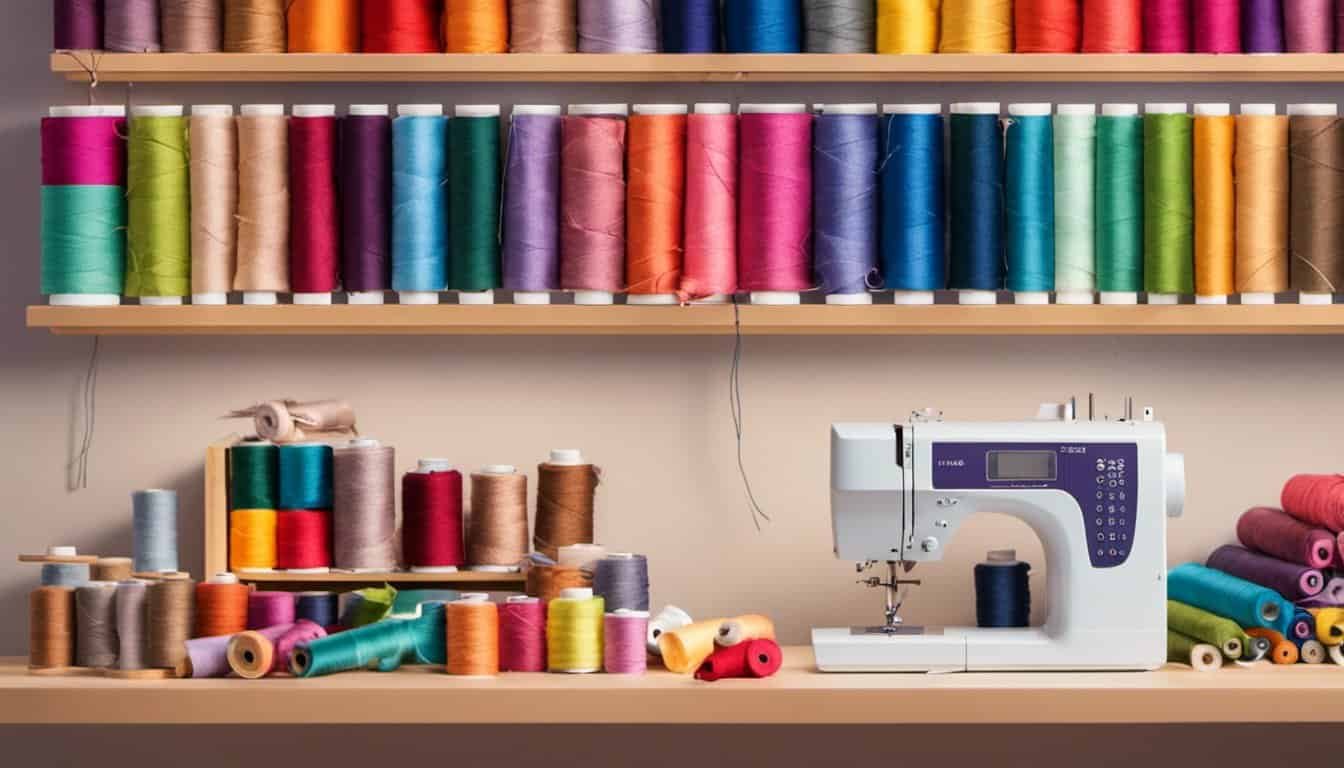
3. Polyester: Polyester is a synthetic fabric that is durable, wrinkle-resistant, and easy to care for. It’s often used for making sportswear, outerwear, and home decor items. Polyester comes in various finishes, including satin, chiffon, and fleece, providing versatility in your sewing projects.
4. Wool: Wool is a natural fiber known for its warmth and insulation properties. It’s a great choice for knitting and crocheting cozy sweaters, scarves, and hats. Wool fabrics can range from lightweight and soft merino to heavy and robust felted wool, offering endless possibilities for cold-weather projects.
5. Denim: Denim is a sturdy cotton fabric that is commonly used for making jeans and other durable garments. It’s known for its diagonal twill weave and indigo dye, giving it a distinctive look. Denim can also be used for creating bags, accessories, and home decor items that require durability.
6. Linen: Linen is a breathable and lightweight fabric made from the fibers of the flax plant. It’s perfect for summer clothing due to its moisture-wicking properties. Linen is known for its natural wrinkles, which add a touch of casual elegance to garments and home textiles.
Remember, this is just a glimpse into the world of textiles. There are many other fabrics available, such as rayon, velvet, lace, and more. Exploring and experimenting with different fabrics is part of the fun in sewing. Let your creativity soar and choose the fabric that best
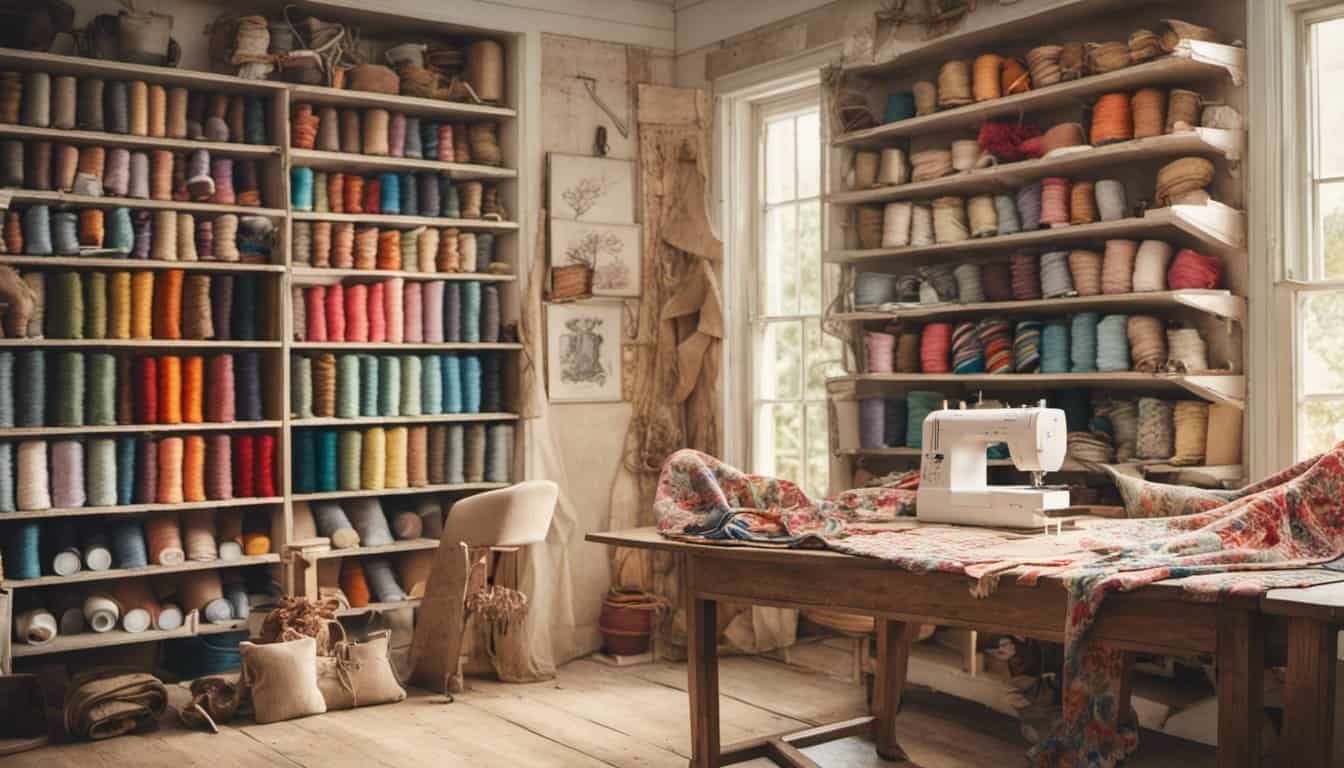
Essential Sewing Tools and Equipment
As you dive into the exciting world of sewing and textiles, it’s important to have the right tools to bring your creative visions to life. Here are some essential sewing tools and equipment that every sewing enthusiast should have in their arsenal:
1. Sewing Machine
A sewing machine is the backbone of any sewing project. It allows you to stitch fabrics together quickly and efficiently. There are various types of sewing machines available, from basic mechanical ones to computerized models with advanced features like automatic buttonholing and embroidery. Choose one that suits your skill level and the type of projects you’ll be working on.
2. Scissors
Good-quality scissors are a must-have for any sewing project. Invest in a pair of sharp fabric scissors specifically designed for cutting fabric. Avoid using them for any other purpose to maintain their sharpness. Additionally, keep a pair of small scissors or snippers handy for trimming threads and making precise cuts.
3. Seam Ripper
Let’s face it, mistakes happen. A seam ripper is a godsend when it comes to undoing stitches and removing unwanted seams. It has a small, sharp blade that easily slips under stitches, allowing you to rip them out without damaging the fabric.
4. Pins and Needles
Pins are essential for holding fabric pieces together before stitching. Choose sharp, stainless steel pins that won’t rust or leave marks on your fabric. Needles, on the other hand, are used for hand sewing and come in various sizes and types for different fabric weights and stitch styles.
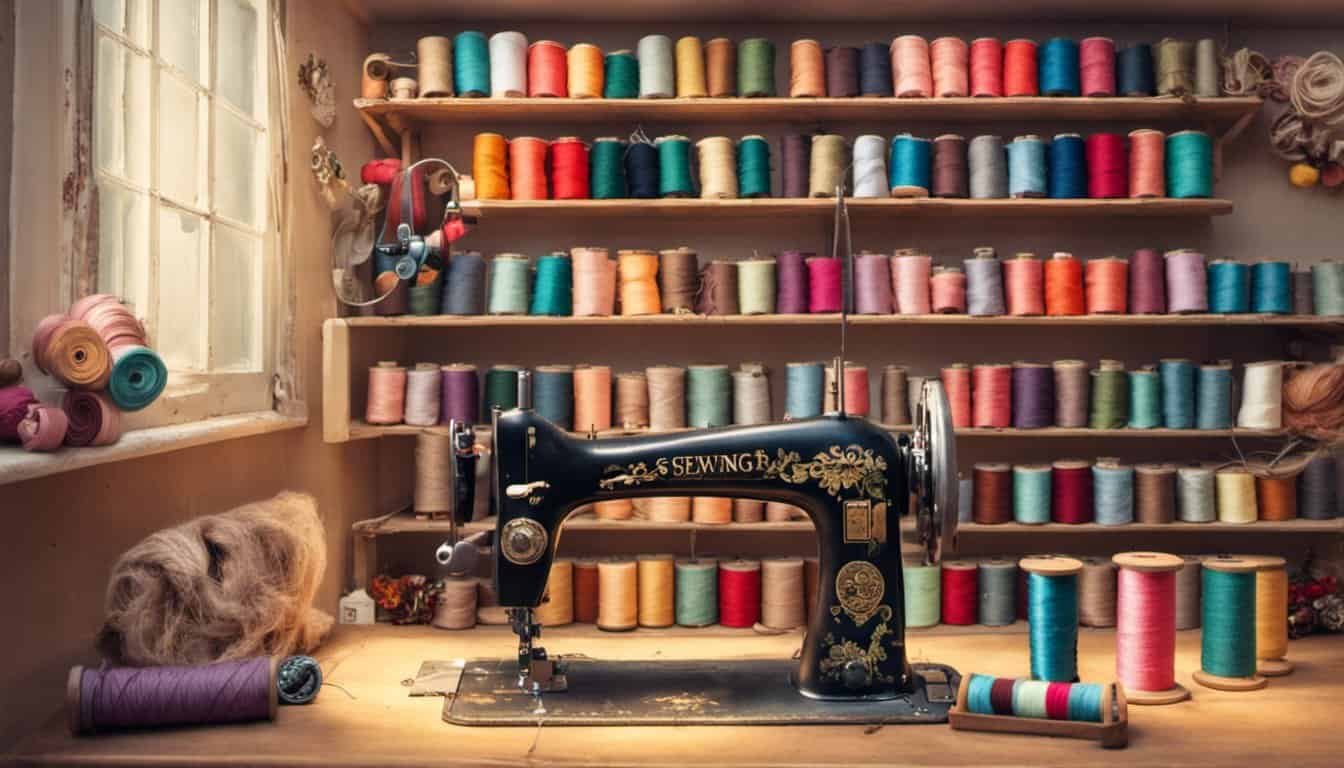
5. Tape Measure
Accurate measurements are key to successful sewing projects. A flexible tape measure helps you measure your body or fabric precisely, ensuring a perfect fit. Look for a tape measure with both inches and centimeters for added versatility.
6. Iron and Ironing Board
Pressing your fabric before and during sewing is crucial for achieving professional-looking results. An iron and ironing board help remove wrinkles and creases, ensuring smooth seams and properly sewn garments.
Choosing the Right Fabric for Your Project
When it comes to sewing, choosing the right fabric is key to the success of your project. With so many options available, it can be overwhelming to know which fabric to use. But fear not, I’m here to guide you through the process!
Consider the purpose of your project. Are you making a delicate blouse or a sturdy pair of jeans? The purpose of your project will dictate the type of fabric you should choose. For lightweight and flowy garments, fabrics like chiffon or silk are great choices. For more structured and durable items, denim or twill would be ideal. Understanding the intended use of your project will help you narrow down the options.
Think about the season. Different fabrics are better suited to different seasons. For warm summer days, opt for breathable materials like cotton or linen. Wool or flannel, on the other hand, are perfect for cozy winter garments. Consider the climate and the time of year when you’ll be wearing or using your project.

Check the care instructions. It’s important to choose a fabric that aligns with your lifestyle. Some fabrics require special care, such as dry cleaning or delicate washing, while others are machine washable. Make sure you’re willing to adhere to the care instructions before committing to a fabric.
Feel the fabric. Before making your final decision, it’s always a good idea to touch and feel the fabric. Is it soft and luxurious or rough and scratchy? Does it have the drape you’re looking for? The texture of the fabric can greatly impact the overall look and feel of your finished project.
Consider your skill level. If you’re a beginner, it’s best to start with fabrics that are easier to work with, such as cotton or jersey knits. These fabrics are more forgiving and easier to handle. As you gain confidence and expertise, you can move on to more challenging fabrics like silk or velvet.
Tips for Sewing and Textile Care
Taking care of your sewing projects and textiles is essential to ensure their longevity and maintain their appearance. Here are some tips to help you properly care for your creations:
1. Read the Labels: Before starting any project, always check the care instructions on the fabric label. This will provide you with important information on how to wash, dry, and iron the fabric correctly.

2. Pre-Wash your Fabric: It’s a good idea to pre-wash your fabric before sewing to prevent any shrinkage or color bleeding. This is especially important for fabrics like cotton, linen, and denim.
3. Use the Right Thread: Ensure that you are using the correct thread type and weight for your projects. The right thread can make a big difference in the durability of your seams.
4. Proper Storage: To protect your sewing projects, store them in a cool, dry place away from direct sunlight. Avoid folding them to prevent creases, and consider using acid-free tissue paper when storing delicate fabrics or finished garments.
5. Gentle Washing: When it’s time to wash your finished projects, always opt for a gentle cycle with mild detergent. This will help to preserve the fabric’s color and prevent unnecessary wear and tear.
6. Drying Methods: Air-drying is usually the best option for delicate fabrics. If you use a dryer, select a low-heat setting to avoid excessive shrinkage or damage to the fabric.

7. Ironing: Before ironing, check the fabric’s care label to determine the appropriate heat setting. Always use a pressing cloth or ironing board cover to prevent direct contact between the iron and the fabric.
8. Stain Removal: In the unfortunate event of a stain, treat it promptly using appropriate stain-removal products or methods. Test any cleaning solutions on a small, inconspicuous area of the fabric first to prevent damage.
9. Repairs and Mending: Keep a basic sewing kit handy for quick repairs and mending. This will help you fix small tears, loose buttons, or loose hems before they become bigger issues.
Conclusion
Now that you have explored the world of sewing and textiles, you have gained a basic understanding of this creative and practical craft. Sewing allows you to bring your ideas to life, whether it’s designing unique garments or adding a personal touch to your home decor. By understanding textiles, you can choose the right fabric for your projects, ensuring that they not only look great but also withstand the test of time.
Throughout history, sewing has evolved from a necessity to a beloved hobby, and it continues to gain popularity today. The resurgence of interest in sewing and crafts highlights the joy of self-expression and the satisfaction of creating something with your own hands.
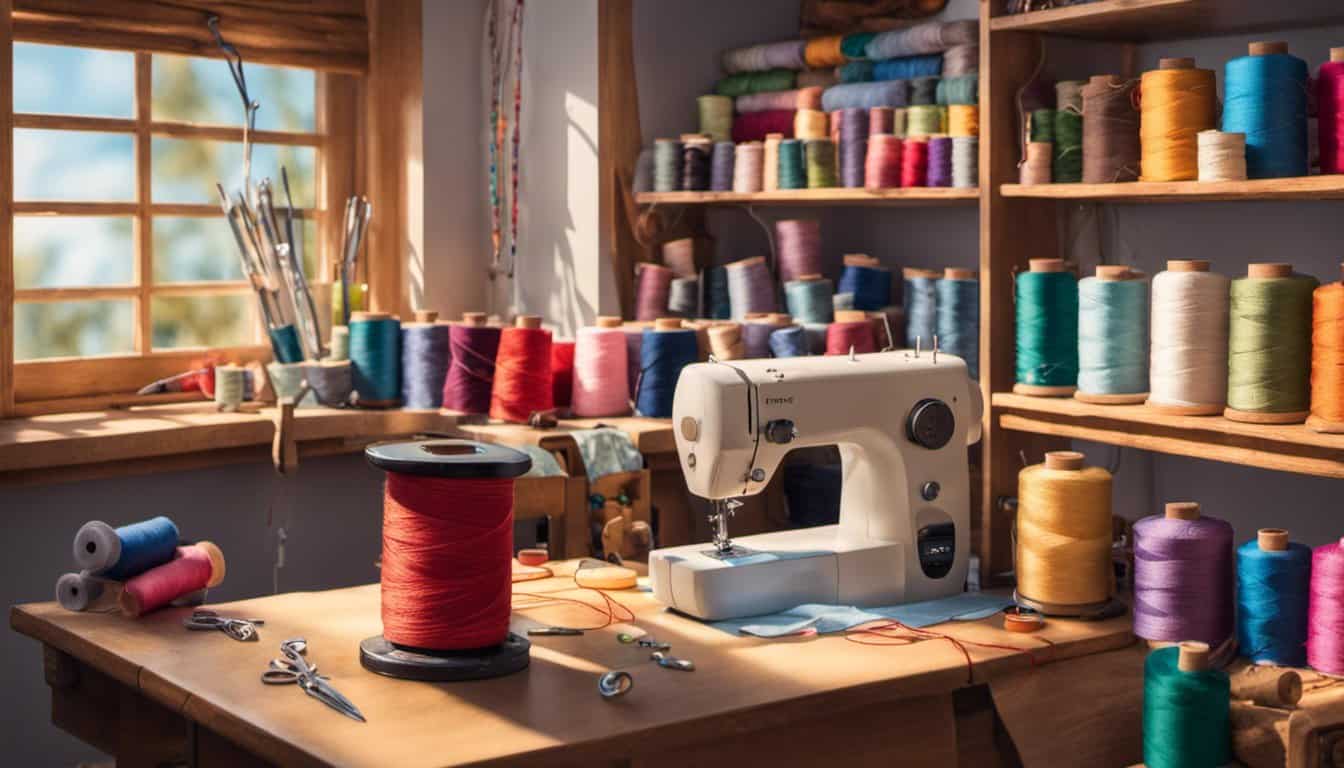
As you embark on your sewing journey, remember to choose the right sewing machine and familiarize yourself with different types of fabrics. Equipped with essential tools and knowledge, you can confidently tackle any sewing project and achieve professional-looking results.
Lastly, don’t forget to care for your sewing projects and textiles properly. By following simple tips for fabric care, you can ensure their longevity and preserve their beauty for years to come.
So, get ready to unleash your creativity, explore new fabrics, and embark on exciting sewing adventures. The world of sewing and textiles is waiting for you!


